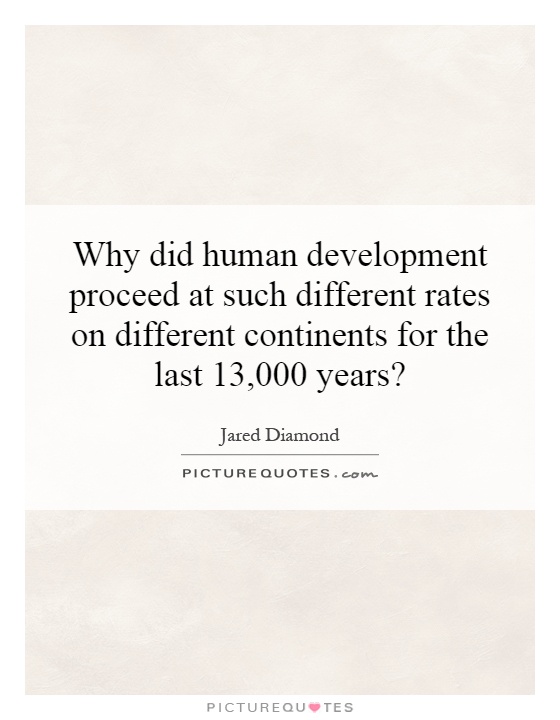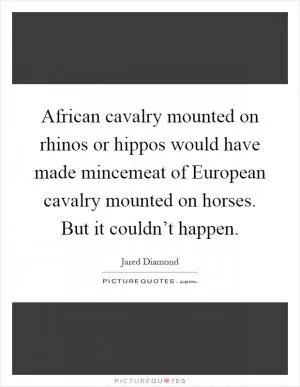Why did human development proceed at such different rates on different continents for the last 13,000 years?

Why did human development proceed at such different rates on different continents for the last 13,000 years?
Jared Diamond, in his groundbreaking book "Guns, Germs, and Steel," explores the question of why human development proceeded at such different rates on different continents over the last 13,000 years. Diamond argues that the key factors that determined the pace of human development were geography, the availability of domesticable plants and animals, and the development of technology.One of the main reasons for the disparities in human development between continents is geography. Diamond points out that some continents, such as Eurasia, had a more favorable environment for the development of agriculture and the domestication of plants and animals. This allowed for the establishment of settled societies and the development of complex civilizations. In contrast, other continents, such as Australia and the Americas, had fewer domesticable plants and animals, which hindered the development of agriculture and led to a more nomadic lifestyle.
Another important factor in the divergent rates of human development was the availability of domesticable plants and animals. Diamond argues that the domestication of plants and animals played a crucial role in the development of agriculture and the rise of complex societies. Eurasia had a wide variety of domesticable plants and animals, such as wheat, barley, cows, and horses, which allowed for the development of agriculture and the establishment of large-scale societies. In contrast, other continents, such as Africa and the Americas, had fewer domesticable plants and animals, which limited the development of agriculture and led to smaller, less complex societies.
Diamond emphasizes the role of technology in shaping the pace of human development. He argues that the development of technology, such as writing, metallurgy, and navigation, played a crucial role in the rise of complex societies and the spread of ideas and innovations. Eurasia had a head start in the development of technology, which allowed for the establishment of powerful empires and the spread of knowledge and technology to other parts of the world. In contrast, other continents, such as Africa and the Americas, lagged behind in the development of technology, which hindered the growth of complex societies and the spread of ideas and innovations.












 Friendship Quotes
Friendship Quotes Love Quotes
Love Quotes Life Quotes
Life Quotes Funny Quotes
Funny Quotes Motivational Quotes
Motivational Quotes Inspirational Quotes
Inspirational Quotes